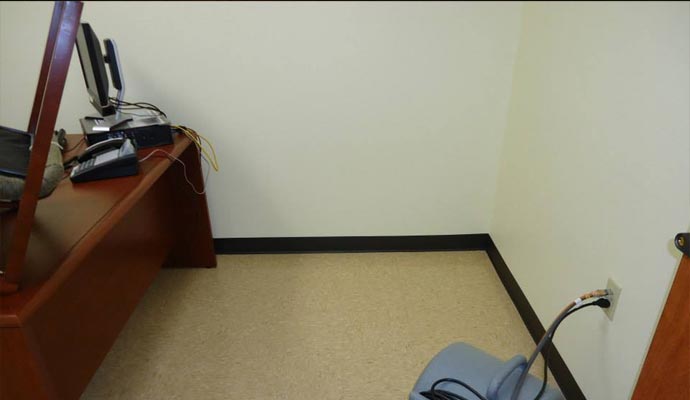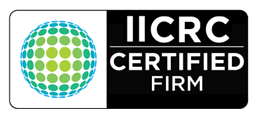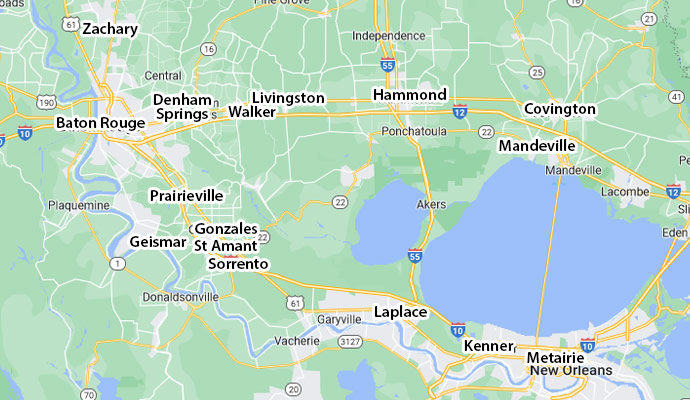Mold Services in Baton Rouge
PART 1 IN OUR SERIES ON MOLD

- Molds have been part of the environment since humans have walked the planet.
- References to mold can be found in the Bible and scientists estimate molds evolved more than 400 million years ago.
- Molds are part of the diverse group of organisms called fungi, which include a wide range of species from tiny molds to large mushrooms.
- Fungi are part of nature’s recycling system and play a key role in breaking down organic materials such as plants, leaves, wood fiber and other natural materials.
- Fungi extract food from organic material, and they grow and reproduce by way of spores.
- Conservatively, more than 100,000 species of mold exist in the world and at least 1,000 species are common in the U.S.
- Molds and other fungi are estimated to comprise a quarter of the entire biomass on earth.
- As such, molds and mold spores are everywhere.
- The air we breathe is a virtual jungle of fungal spores and we regularly encounter mold spores as part of everyday life.
- Humans have coexisted with molds for thousands of years. So why are molds a concern today?
- Recent court cases involving mold, sensationalistic media coverage and publication of questionable scientific research have increased public awareness of the issue.
- To date in the U.S., there are no regulations
- or exposure limits for molds or mold spores, and the mycotoxins that may be present.
- While there are many claims that so-called “toxic molds” like Stachybotrys cause severe health effects, the U.S. Centers for Disease Control (CDC) states:
- “At present, there is no test that proves an association between Stachybotrys chartum and particular health symptoms.”
- Molds require four things for growth: food, suitable temperature, oxygen and moisture.
- There are a host of materials in and around a house that, under proper conditions, can become a breeding ground for mold.
- Molds require four things for growth: food, suitable temperature, oxygen and moisture.
- In certain situations, wood ALONE can provide the necessary elements to allow mold to grow.
The Key Element for Mold Growth Is
Moisture
- All wood contains moisture. But once the moisture content of wood falls below 20 percent, mold growth cannot be supported.
- Depending on the climate, framing lumber will dry to below 20 percent moisture content during construction and before the building is enclosed.
- Some mold species can obtain enough moisture from the air when the relative humidity is above 70%.
- Many molds thrive at normal indoor temperatures; few if any molds are able to grow below 40 F or above 100 F.
-
Outside this range molds may remain dormant or inactive;
they may begin to grow again when the temperature is more favorable. - There are many types of mold
- None of them will grow without water or moisture.
- Mold Services in Baton Rouge
Stay Tuned for Part #2 in Our Series on Mold
United Fire & Water Damage
4117 Rhoda Dr
Baton Rouge La 70816
















